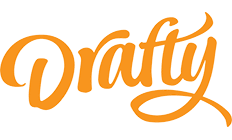A line of credit is an ongoing credit facility with agreed limits. Unlike a loan that’s issued as a lump sum and paid off over a fixed period, a line of credit can be accessed whenever you need it, and you can borrow as much or as little as you like (subject to an agreed maximum).
You then choose how much you want to repay each month (subject to a minimum amount), until the debt is cleared. And within your credit limit, you can borrow more at any time. Unless you close your account, the facility is always there and available for you to dip into.
More traditional examples of lines of credit include credit cards and authorised overdrafts.
One of the main advantages of a line of credit is the flexibility – you only borrow what you need, when you need it, and you can pay it back over a timeframe that suits you and can adapt to your changing circumstances. The flexibility of a line of credit is also one of its main disadvantages, however – presenting the risk that you might borrow when you otherwise wouldn’t have or let debt drag on and on.

